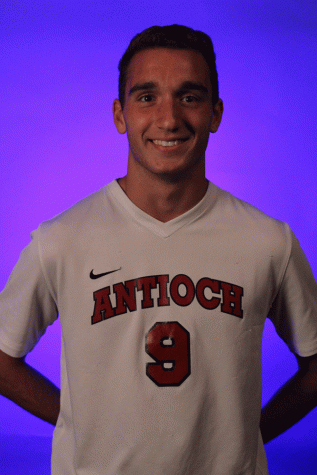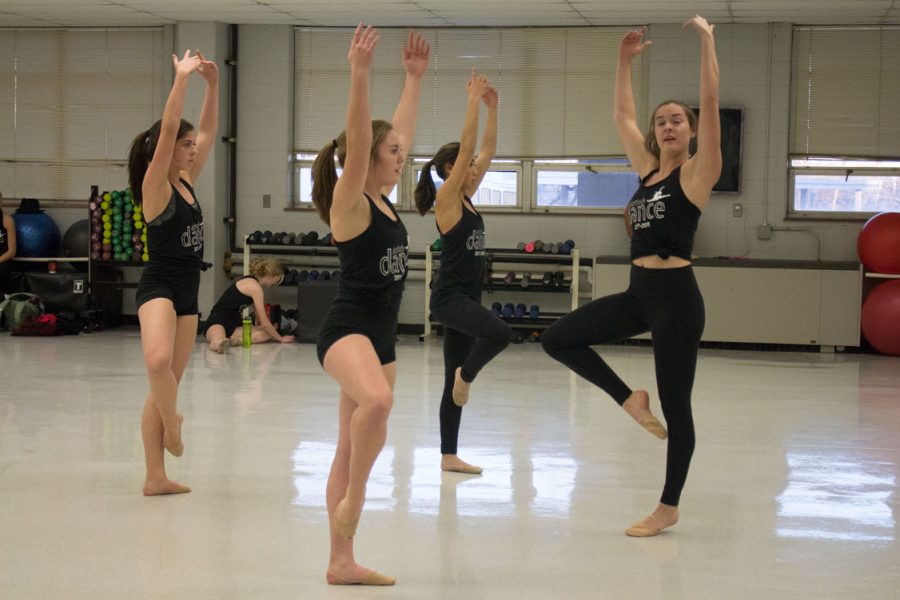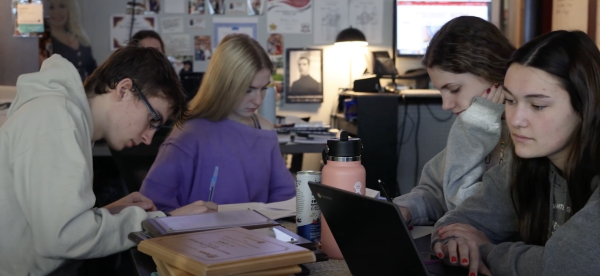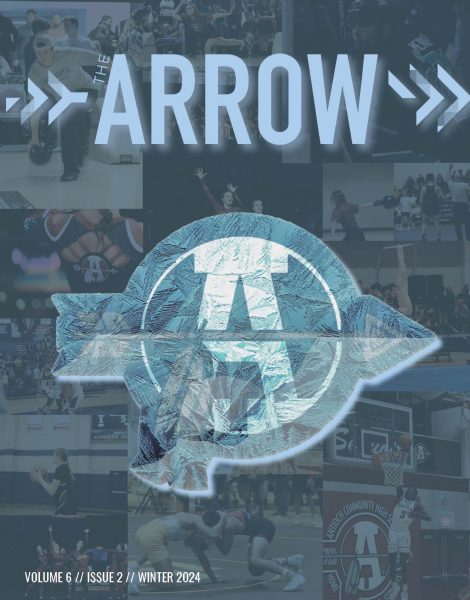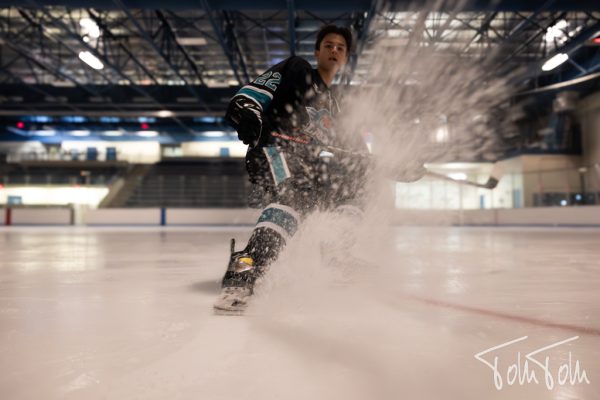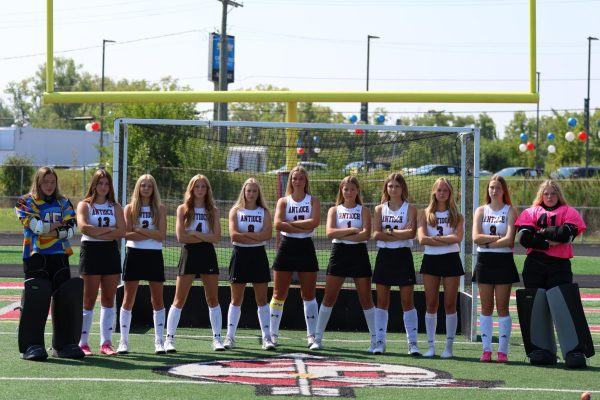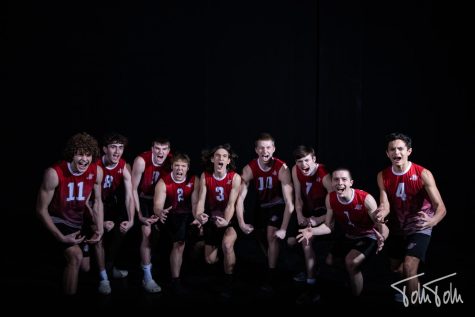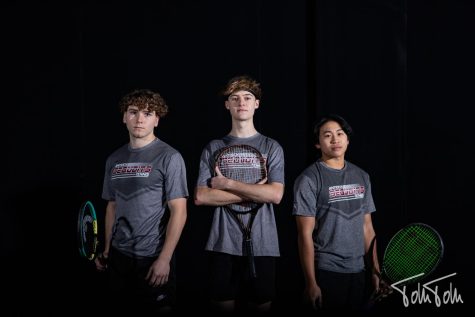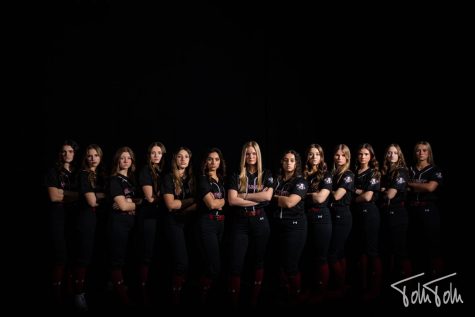Not Enough Credit
Despite the effort that they put forth, the cheer and dance teams still don’t get the recognition they deserve.
Friday night lights—the thing that Cardinal Crazies spend the year counting down to, despite it signifying the school year’s beginning is yet again slowly emerging. The piercing shrill of the whistle, shattering clash of helmets and roaring cheer of the crowd can be literally heard for miles. Members of the Antioch community descend from their businesses and homes to come cheer on the Sequoits, and, for the past few years, the excitement was coupled with what many would call domination. Yet, the town doesn’t fill the cold metal bleachers for no reason; instead, they come to watch the football team punt, pass and kick their way to a win. The echoes of the stands aren’t the only noise that rings loudly under those lights. The bellowing of cheers from the “athletic support,” however, seemingly falls on deaf ears. The cheerleaders and dancers work the sidelines in an effort to keep the crowd cheering, the spirit up and the excitement going. But this isn’t their season. Football isn’t their sport. And when the winter cold falls hard on the quiet town of Antioch and the hollow leather of a basketball beats as fast as the Sequoits’ hearts as the shot clock winds down, it isn’t their time to shine either. Despite being the ones that are there to celebrate others, and being two of the most dominant sports currently in the Sequoit athletic department, the cheerleaders and dancers can’t help but feel as though cardinal and gray is something they simply wear and that it isn’t something that bleeds for them.
“The credit that is given to us is very little to what is expected from us,” varsity dancer and junior Amber Phillips said.
The pedestal that some sports are put on can be seen as unfair. Other teams who put in just as much time and work, sometimes more than others, often don’t receive the recognition they deserve, which is how members of both the varsity cheerleading and dance team feel.
“I don’t think the dance team gets enough credit because the students of Antioch seem to lack interest or judge the dance team too harshly,” Phillips said. “For example, after our last competition, when we placed 2nd out of 21 teams, I was asked numerous times why we didn’t place first or was told it didn’t matter that we got second because it wasn’t first.”
Our school always says, “Once a Sequoit, Always a Sequoit” and along with the dancers, the cheerleaders still wonder if they will ever be considered a member of the Sequoit family.
“I feel nobody gives us a chance when we perform in front of them. I’m always being told that it was boring and that people didn’t even pay attention,” varsity cheerleader and junior Rebecca Bargamian said.
Often, more times than not, the members on both teams are stereotyped and not given the benefit of the doubt, which can be discouraging when it comes time for them to support others when they don’t receive support in return.
“Not having a fan section cheering us on while we perform, makes it difficult for us to be happy or excited when we have to support others when they compete,” Phillips said.
The misunderstanding of both teams is what causes many to be blindsided by their judgement. Like many sports, each team has to practice in order to get better and become stronger as a team. The final performance that results from those practices is limited when it comes time to compete for these athletes.
“We only get one shot to perform perfectly and if one person doesn’t execute a skill correctly at each competition, then it is very crucial to our score,” Phillips said. “If the whole team isn’t in sync or skills aren’t executed correctly, then our score is docked down and we need all the points in those categories to help better our chance of advancing to state.”
While constantly practicing the same routine over and over again, in hopes of making it perfect, the stamina and endurance needed is grueling. These athletes are performing a routine all out for two and a half minutes which consists of difficult skills and teamwork. The dancers having to execute flawless turns with no flexed feet, and the cheerleaders having to perform jump sequences, tumbling and stunts with no time to rest.
“People think we just smile and wave our pom poms around,” Bargamian said. “If someone were to come to one of our practices and see what we actually do, then they would understand how hard it really is to perform our routine.”
Another aspect of both sports that most seem to forget is the length of their seasons. The first tryout process for these athletes is at the end of the school year, in May, where athletes tryout for their sideline squads. They practice over the summer and attend camps in preparation for the upcoming fall season, to cheer on their school with pride. Once the fall season comes to an end, the girls tryout again for the winter competition season, and are on a team with others until February when it comes time for state.
“Other sports have to be with each other and practice for, at most, only four months,” Bargamian said. “We are with each other for nine months out of the year. Then we only get about a month break and then have to tryout again. Which shows how much time we put into our sport as an individual and team.”
The records of both teams show that they present success within their sport. The misunderstanding of both is what stands in the way of them receiving the recognition they deserve. Like most, they consist of teamwork which helps build the base for competing as a whole, like most teams are taught. Skills that keep them ahead of their competition, to represent success among their school. Then grueling practices and performances that consist of both difficult skills and teamwork. Making them one that others should take a second glance at when recognizing sports at school.
